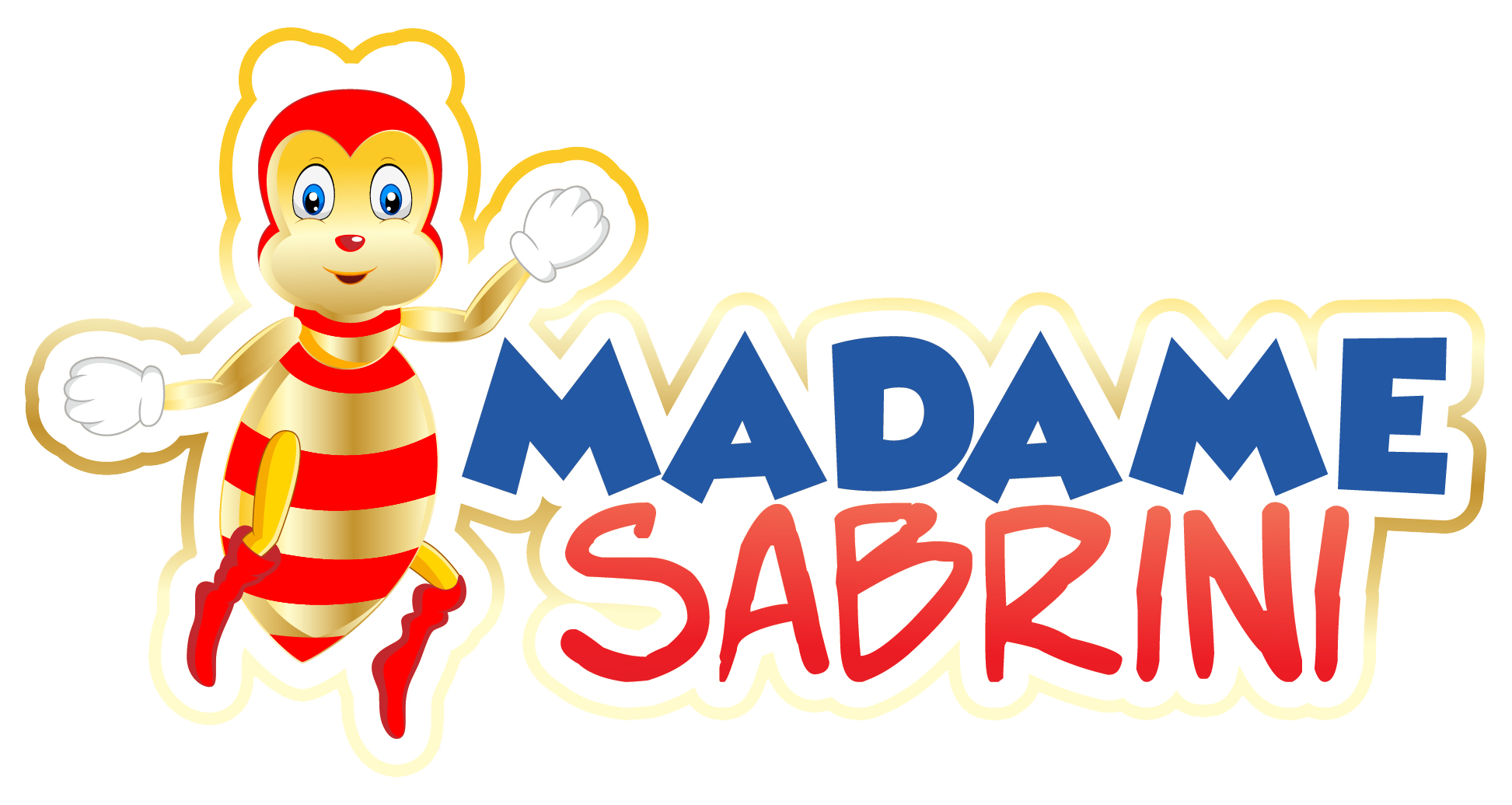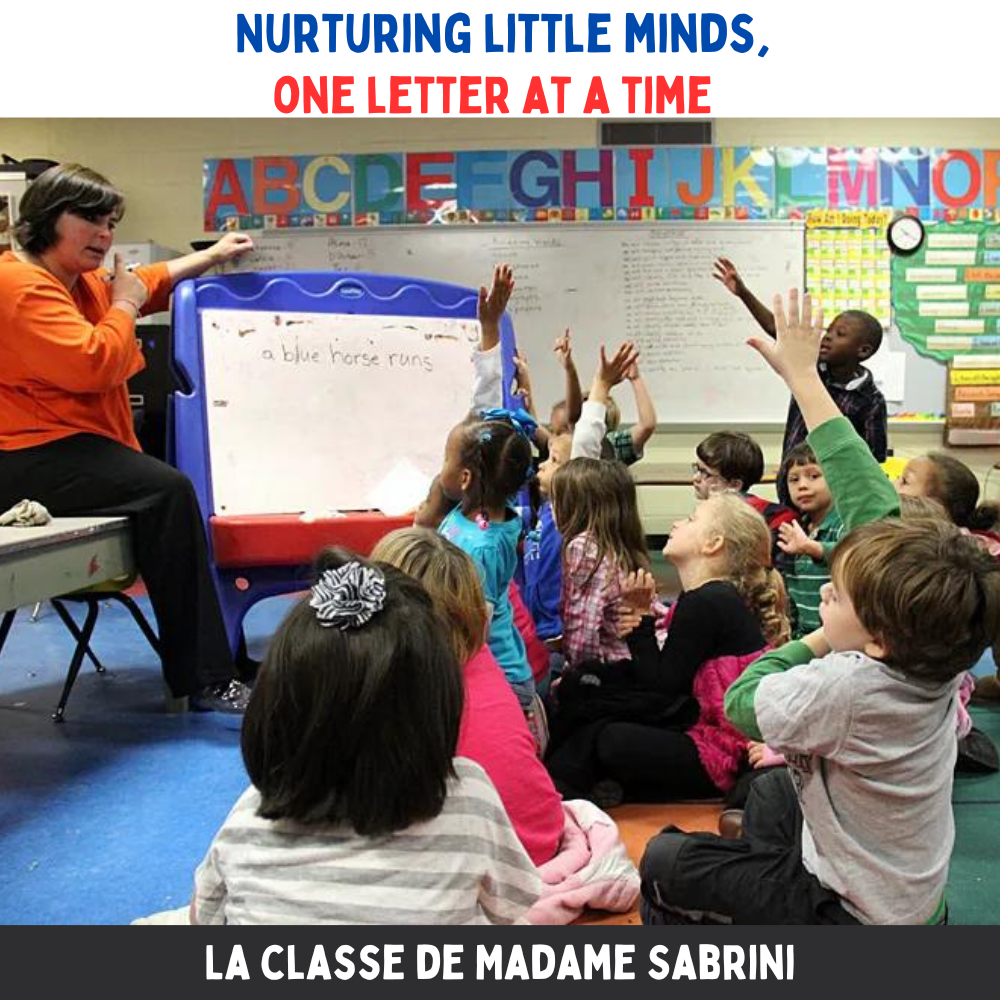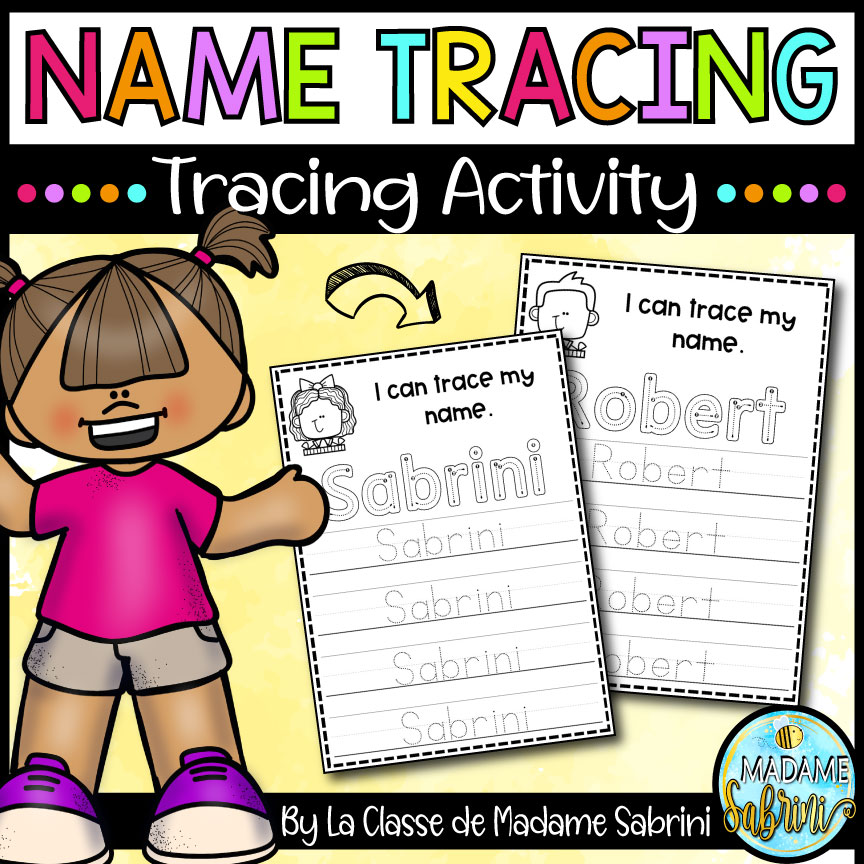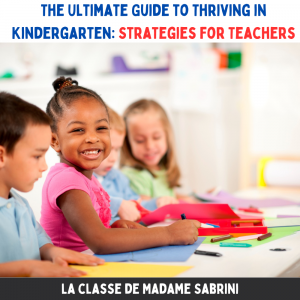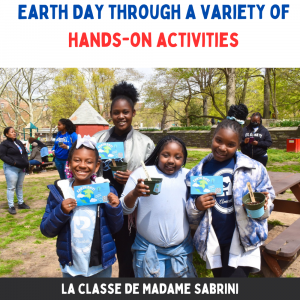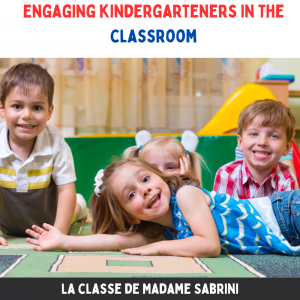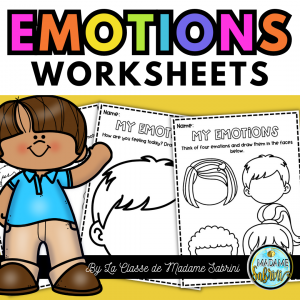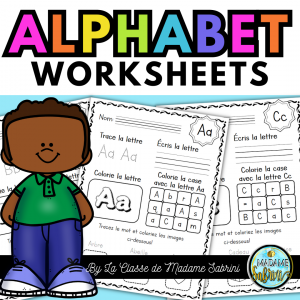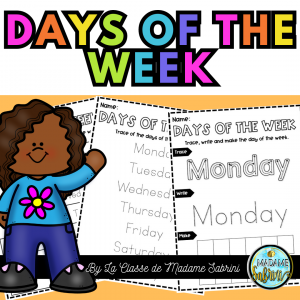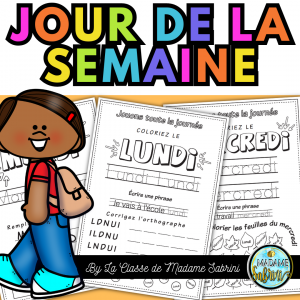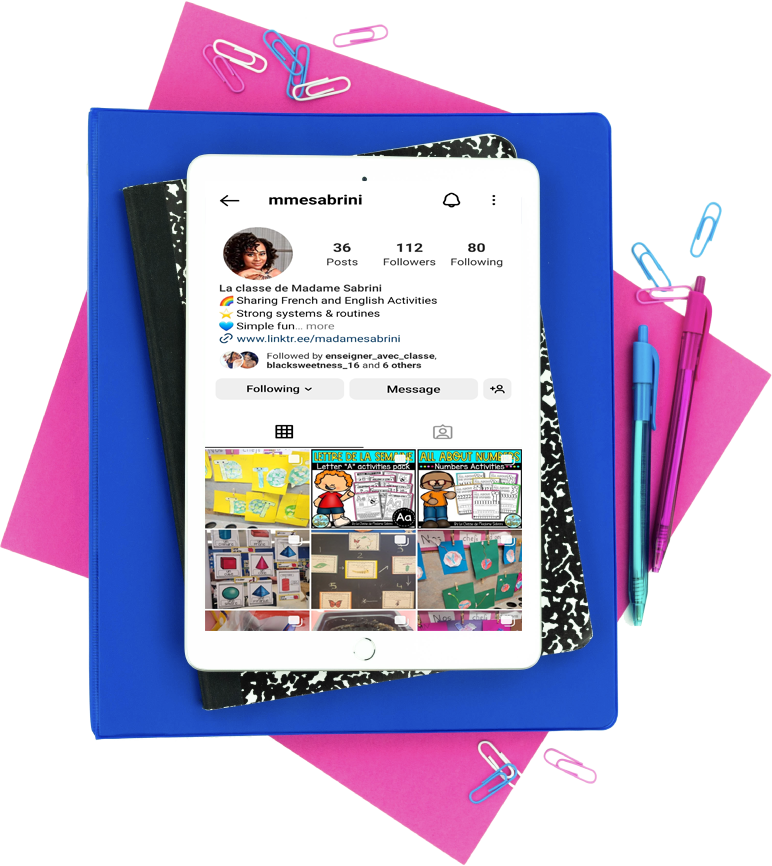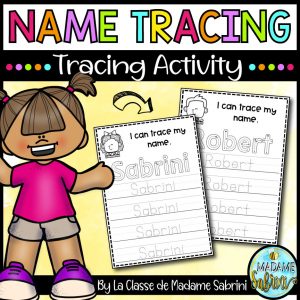This post may contain affiliate links which means I may receive a commission for purchases made through links. I will only recommend products that I have personally used! Learn more on my Private Policy page.
Kindergarten teachers have an incredible opportunity to help shape young minds. Supporting the development of literacy skills is essential to early childhood education, and teachers can do their part by implementing a few simple strategies in their classrooms. In this blog post, we’ll provide 8+ ways that Kindergarten teachers can support literacy skills development in their students.
The Importance of Literacy Skills Development in Kindergarten
Kindergarten teachers learn early on in their training just how crucial literacy skills development is for young learners. In fact, it lays the foundation for their future academic success. Literacy skills encompass reading, writing, speaking, and listening, all of which are vital components of a child’s ability to communicate effectively and understand the world around them.
In the early years, children’s brains are like sponges, absorbing new information and experiences at a rapid rate. By focusing on literacy skills development in kindergarten, teachers are helping to build strong neural connections in their students’ brains, setting them up for a lifetime of learning.
Not only does literacy skills development support academic achievement, but it also fosters social and emotional growth. Through reading and writing, kindergartners are able to express themselves, explore their interests, and engage in meaningful conversations with their peers and teachers. Additionally, literacy skills help children develop critical thinking, problem-solving, and creativity, skills that are essential for success in the 21st-century workforce.
Kindergarten is a critical time for laying the foundation of literacy skills development, and it is through the dedicated efforts of student teachers that young learners are given the tools they need to become proficient readers, confident writers, and effective communicators. Kindergarten teachers learn various strategies to support literacy skills development in their young learners. They discover that creating a literacy-rich classroom environment is essential for fostering a love for reading and writing. This can be achieved through providing a wide variety of books and resources that cater to different interests and reading levels.
Additionally, kindergartners thrive on routine, so incorporating daily read-aloud sessions into the schedule is a powerful way to expose them to a wide range of vocabulary, language structures, and storylines. Through these sessions, student teachers can model fluent reading and encourage active participation by asking questions and making connections.
Furthermore, implementing guided reading sessions allows student teachers to provide targeted instruction to small groups of students based on their reading abilities. By utilizing leveled texts and incorporating meaningful literacy activities, kindergartners can practice and strengthen their reading skills in a supportive and scaffolded environment.
Encouraging independent reading is equally important. Student teachers can create a cozy reading corner in the classroom and provide a range of age-appropriate books for students to explore on their own. It is also crucial to give kindergartners access to a classroom library, where they can freely choose books that interest them.
In this digital age, technology can also enhance literacy skills development. Teachers can use interactive reading apps, educational websites, and digital storytelling tools to engage and motivate young learners.
Moreover, kindergartens are diverse classrooms, with students from various backgrounds and abilities. Teachers must implement differentiated instruction techniques to meet the needs of all learners. This may include adapting materials, providing additional support, or offering enrichment activities to challenge advanced learners.
Finally, collaboration with families and community partners is vital for supporting literacy skills development. Teachers can involve parents in their children’s literacy journey by providing take-home reading materials, hosting literacy-focused events, and engaging in open communication about students’ progress.
Strategies for Creating a Literacy-Rich Classroom Environment
As a kindergarten teacher, one of your primary goals is to create a literacy-rich environment for your students. Literacy skills development is essential at this age, as it lays the foundation for a child’s academic success and life-long learning.
To achieve this goal, here are some strategies you can use to create a literacy-rich classroom environment:
1. Provide Access to Books: Stock your classroom with a wide variety of books at various reading levels. Make sure that the books reflect the diversity of your students’ cultures and interests.
2. Set up Reading Centers: Set up cozy reading nooks in your classroom with pillows and comfortable seating. Encourage students to explore different genres and styles of literature.
3. Use Interactive Learning Centers: Interactive learning centers are an excellent way to engage students in reading and writing. Use these centers to reinforce literacy skills, such as phonics and word recognition.
4. Incorporate Writing Opportunities: Provide writing materials and opportunities for your students to practice their writing skills. Encourage them to write their own stories, letters, and poems.
5. Display Student Work: Celebrate student achievement by displaying their writing and artwork around the classroom. This reinforces the importance of literacy skills development and encourages students to continue their progress.
6. Create a Literacy Calendar: A literacy calendar is a fun way to incorporate reading and writing activities into your daily routine. You can plan special activities for holidays or themed weeks.
7. Model Good Reading Habits: Model good reading habits for your students by reading aloud to them regularly. Encourage them to ask questions and make connections to their own experiences.
8. Use Props and Manipulatives: Props and manipulatives, such as puppets and alphabet blocks, are a great way to engage young learners in literacy activities. Use these tools to make learning fun and interactive.
Incorporating Reading Aloud into Daily Routine
Kindergarten teachers learn that reading aloud is a powerful tool for literacy skills development. Regular reading aloud sessions help students build vocabulary, comprehension skills, and an appreciation for different types of literature. To incorporate reading aloud into the daily routine, teachers can start by choosing high-quality books that are developmentally appropriate and engaging for their students. Reading aloud should be a joyful experience, so it is important to select books that are interesting and fun.
To make reading aloud a regular part of the daily routine, kindergarten teachers can schedule designated times for reading aloud. They can read aloud during circle time, before or after lunch, or during transition periods. Teachers can also invite guest readers such as parents, community members, or older students to read aloud to the class.
When reading aloud, teachers can model fluent reading and engage students in discussions about the text. They can ask open-ended questions, make connections to students’ experiences, and encourage students to ask questions and share their thoughts. This helps to build comprehension skills and deepen understanding of the text.
Incorporating reading aloud into the daily routine is an important way to support literacy skills development in kindergarten. By selecting high-quality books, scheduling designated times for reading aloud, and engaging students in discussions, student teachers can help students develop a love of reading and build essential literacy skills.
Implementing Guided Reading Sessions
Guided reading sessions are an effective way to support literacy skills development in kindergarten students. During these sessions, teachers work with small groups of students, providing personalized instruction and support as they read together.
To implement guided reading sessions, begin by assessing your students’ reading levels using tools like running records or literacy assessments. Then, divide students into small groups based on their reading level, and plan activities and lessons that target their specific needs.
During guided reading sessions, provide students with texts that are slightly above their reading level, so they can practice using context clues, phonics skills, and other reading strategies to decode and comprehend the text. As they read, offer support and guidance as needed, encouraging students to use the reading strategies you’ve taught them.
In addition to practicing reading skills, guided reading sessions are also an opportunity to build important literacy-related behaviors, like asking questions, making connections, and predicting what will happen next in the story. Model these behaviors for students and encourage them to participate in class discussions about the text.
To make the most of guided reading sessions, be sure to take notes on students’ progress and adjust your teaching strategies as needed. For example, if you notice that a student is struggling with decoding, you might spend more time focusing on phonics skills during future sessions.
Overall, guided reading sessions are a powerful tool for supporting literacy skills development in kindergarten students. By providing personalized instruction and support, teachers can help all students become confident, competent readers and set them on the path to academic success.
Encouraging Independent Reading and Providing Library Access
One of the most important ways to support literacy skills development in kindergarten is to encourage independent reading and provide library access. Children who are given opportunities to read independently are more likely to develop strong reading skills, increase their vocabulary, and develop a love for reading. Providing access to a variety of books is also crucial as it exposes children to different genres, styles, and perspectives.
To encourage independent reading, consider creating a cozy reading corner in the classroom, complete with comfortable seating and a selection of age-appropriate books. Provide opportunities for students to browse and select books on their own, and set aside time in the day for silent reading.
In addition, providing access to a school or classroom library is essential. Ensure that the library is well-stocked with a variety of books and that it is organized in a way that is accessible to young readers. Encourage students to check out books and bring them home to read with their families.
By encouraging independent reading and providing library access, we can foster a love of reading in our kindergarten students that will stay with them for years to come.
Utilizing Technology to Enhance Literacy Skills
As we continue to integrate technology into our daily lives, it only makes sense to incorporate it into our teaching strategies, particularly in the area of literacy development. Technology offers a wide range of opportunities for teachers to engage and motivate their young learners, ultimately supporting the growth of their literacy skills. Here are some ways in which you can use technology to enhance literacy skills development in your kindergarten classroom.
First and foremost, e-books and audiobooks are fantastic resources that provide a range of benefits. Students who struggle with reading or who may have a different learning style may find audiobooks a helpful alternative to traditional reading methods. Similarly, e-books can be a great way to encourage independent reading, as they offer a wide range of books in a single device that is portable and user-friendly. There are also various apps that provide interactive reading experiences, allowing children to practice their reading skills in a fun and engaging way.
Another excellent way to utilize technology for literacy skills development is by incorporating online literacy games and activities. These types of games not only provide opportunities for children to practice reading and writing but also improve their listening and speaking skills. Programs like Raz-Kids and Reading Eggs offer leveled activities that target a range of skills, making them an ideal resource for differentiated instruction.
Finally, don’t forget about using technology to connect with families and community partners. Class blogs, social media, and video conferencing are all great ways to engage parents in their child’s literacy development and keep them informed about what’s happening in the classroom. This approach can also help to build strong relationships with community partners, like local libraries or literacy-focused organizations.
As always, it’s important to remember that technology should be used to complement and enhance, rather than replace, traditional literacy development strategies. When used appropriately, technology can be a powerful tool for supporting the growth of young learners’ literacy skills and increasing their overall engagement with reading and writing.
Differentiated Instruction for Diverse Learners
As a kindergarten teacher, it is crucial to recognize that your students come from diverse backgrounds and have varying levels of literacy skills. Therefore, implementing a differentiated instruction approach is key to ensuring that every child has the opportunity to develop their literacy skills.
Differentiated instruction involves creating an inclusive classroom where each student’s unique strengths and needs are taken into account. The following strategies can help you differentiate instruction for diverse learners:
1. Pre-assessments: Before starting a new unit or lesson, administer a pre-assessment to understand each student’s level of understanding. Use this information to create small groups based on student’s readiness levels, interests, or learning styles.
2. Flexible Grouping: Group students based on their strengths and areas of need. This allows you to differentiate instruction for small groups and focus on each group’s unique learning needs.
3. Tiered Activities: Provide multiple activities that target different levels of understanding. For example, some students may benefit from completing a more straightforward version of an activity, while others require more challenging activities.
4. Leveled Reading: Provide students with leveled reading materials that correspond to their reading level. This will ensure that they are reading books at an appropriate level and not getting overwhelmed.
5. Multi-Sensory Learning: Utilize multi-sensory learning methods to engage all students. Incorporate music, visual aids, and hands-on activities to reinforce concepts and ensure that every student is actively engaged.
6. Scaffold Learning: Provide support for students who need extra help to understand concepts. This can include additional one-on-one instruction, extra practice activities, or modeling.
7. Individualized Learning Plans: Develop an individualized learning plan for students who require extra support. This plan can include goals, strategies, and progress monitoring.
By implementing these differentiated instruction strategies, you can support all your students’ literacy skills development and ensure that every child receives an equitable education.
Collaboration with Families and Community Partners
In order to fully support the literacy skills development of your kindergarten students, it is important to collaborate with their families and community partners. These individuals and organizations can provide invaluable support and resources to help enhance your students’ literacy abilities.
One way to involve families in literacy development is to send home regular updates on classroom activities, assignments, and events related to literacy. By keeping parents informed and engaged, they are better equipped to reinforce classroom learning at home and help their child develop strong reading and writing skills.
Additionally, inviting families into the classroom to read aloud or share their own personal stories can be a powerful way to foster a love of reading and storytelling in young children. These experiences can help students see reading as an enjoyable activity and encourage them to explore books and other reading materials on their own.
Community partners can also provide valuable support in promoting literacy skills development. Libraries, bookstores, and community centers often offer reading programs and other resources for children that can help them develop their literacy skills in a fun and engaging way. Collaborating with these organizations can help to provide students with access to additional books, reading materials, and educational resources that can further enhance their learning experience.
Another important aspect of collaboration with families and community partners is creating a network of support for students who may be struggling with their literacy development. By working together, educators, families, and community partners can identify and address any issues or challenges that students may be facing, ensuring that all children have the tools and resources they need to succeed.
Overall, collaboration with families and community partners is an essential component of supporting the literacy skills development of kindergarten students. By working together, we can help ensure that all children have the foundation they need to succeed academically and beyond.
